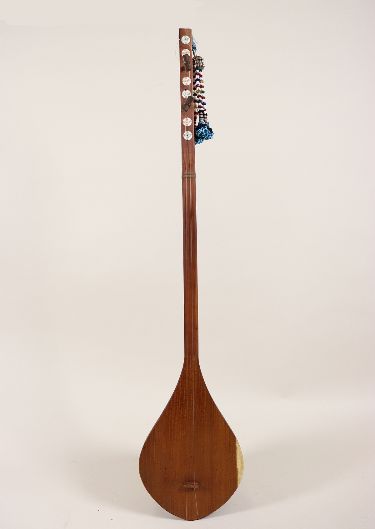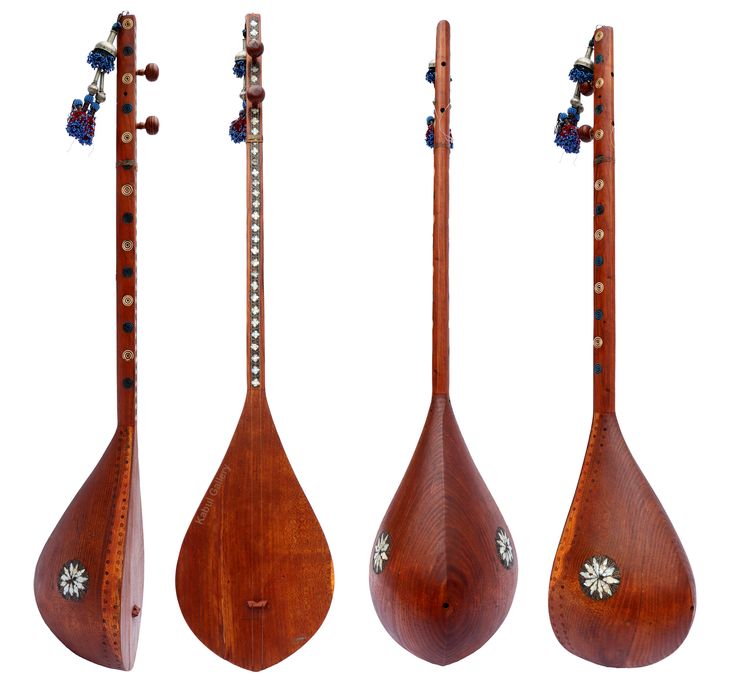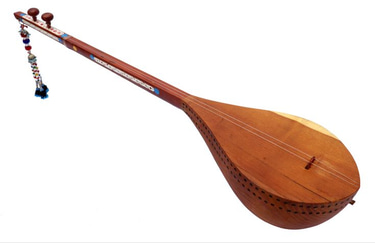Dambora
The Hazaragi Dambora is a fascinating subject, deeply rooted in the culture of the Hazara people, primarily of Afghanistan.
Here are the key aspects of the Hazaragi Dambora:
1. The Instrument: The Dambora
Type of Instrument: The Dambora (also spelled dambura or dombra) is a traditional two-stringed, long-necked lute.
Construction: The Hazara, Turkestani, and Badakhshani versions found in Afghanistan are typically fretless. The body and neck are often carved from a single block of wood, such as mulberry or apricot.
Playing Style: It is played with a vigorous strumming, plucking, and often a percussive technique, with the player sometimes banging or scratching the instrument to create a rhythmic, percussive sound.
The upper string usually plays a sustained, unchanging note (a bourdon tone), while the lower string carries the melody.
Related Instruments: The Dambora belongs to a family of long-necked lutes widespread across Central Asia, where it is known by various names like dombra (Kazakh, Bashkir) or komuz (Kyrgyz), though the specific construction and playing style differ across regions.
2. Cultural Significance
Cultural Symbol: The Dambora is central to Hazaragi music and serves as a powerful symbol of the Hazara people's cultural identity and heritage.
Voice of the People: Historically, the Dambora has been used by Hazaras, an often marginalized ethnic group, as a medium to express their "sufferings, protests, and resistance" to oppression.
Community and Identity: It has been utilized for community mobilization and in constructing a sense of confidence and collective identity, particularly by influential singers.
3. Musical Characteristics
Musical Style: Hazaragi Dambora music is known for its soulful melodies and distinctive rhythms.
Themes: The tunes often tell stories of history, resilience, tradition, and personal emotions, like love and loneliness.
Modernization: Contemporary Hazara singers are enthusiastically exploring and modernizing the Dambora, seeking to define a new genre within Afghan music.
In essence, the Hazaragi Dambora is more than just a musical instrument; it's a profound cultural artifact and a voice for the Hazara community.




